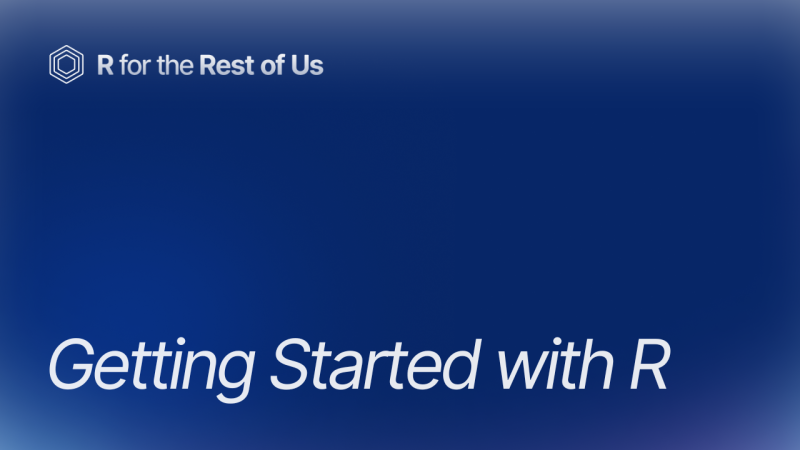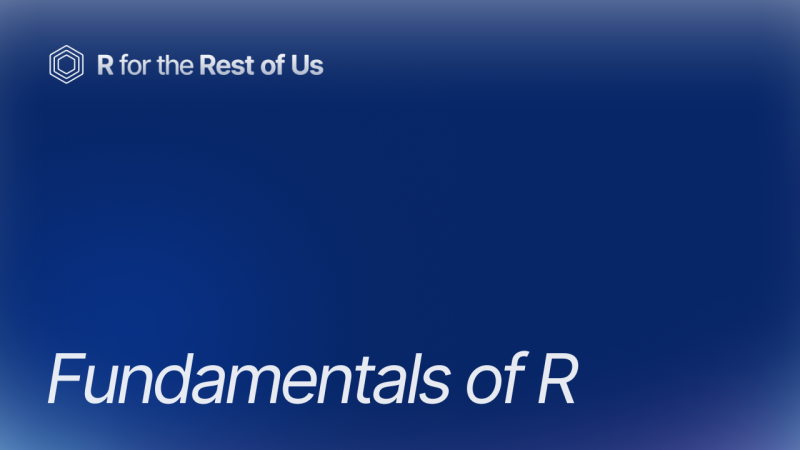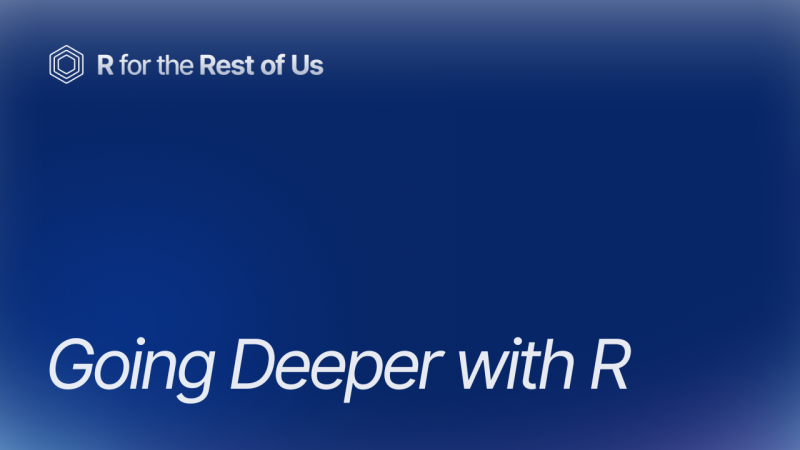Learn to use the most powerful tool for working with data.
Even if you've never coded before.

Supporting forward looking organizations




















New to R?
From "what's R?" to "I love R" in three self-paced courses.
Start here when you're just starting out.
Sign up for the newsletter
R tips and tricks straight to your inbox.
R in 3 Months
Looking for even more? R in 3 Months is a cohort-based program to help you finally learn R.
High-Quality Instruction
With R in 3 Months, you’ll get high-quality instruction that will guide you from R newbie to R expert.
Personalized Feedback
You'll work on your own code every week and get in-depth feedback.
Supportive Community
You'll be on this journey alongside a supportive community that will help you learn and keep you accountable to yourself.
Don't Take it From Us
Our learners say it best.
“This is an excellent introduction to R and Rstudio and the capabilities of R. It was easy to understand and the exercises and tips were very helpful. I learned a lot. Thank you for offering this us to dip our toes into using R.
“Your intro course makes me feel like R is not as daunting as I initially thought and it is something I can learn (with time).
“I thought learning R would be difficult but the introduction was great and has given me hope that I can be good at R. Really loved how the videos were informative and easy to follow along. Thank you.
“Thank you for a very thorough and practical course about an important and initial task in data handling. In my own project, I am to work with data that are very far from tidy, and I am very grateful for the tools that you have provided me with. I was not aware that we can do so much with the data to make it more ready for statistical analysis.
“LOVED the course! Thank you so much for keeping everything high level enough that we don't get lost in the weeds but also providing so much helpful information. I've gone through other courses for beginners and came away still not knowing what a package was or how to import data. This course was perfect.
“For me as a university student who wants to learn everything new, I was attracted to your course when my doctor talked about it. So I will continue learning it until the end. Your explanation was comprehensive, useful and simple. In addition, please wished me success because I will use this programming language during my studies for my university research.
“It was really great and helpful, thank you very much!
“Yes, this course is so easy to understand!
“I had dabbled in R a number of years ago and needed to get a refresher of the basics before getting back into coding and data analysis using R. Getting Started With R was excellent as a refresher and would be just as good for those starting out. The videos are easy to follow and they provide practical examples to follow along. I would recommend to anyone looking to understand R
“I've used R quite a bit in the past, but until taking this course, I felt like I was navigating a maze with my eyes closed -- running bits and pieces of code and troubleshooting each time I bumped into a wall, but never truly understanding where I'd been or where I was headed. "Getting Started with R" is the map to the maze that I never knew I needed, but now don't know how I'd live without! David clearly explains foundational concepts and makes R so much easier to understand. Whether you're brand-new to R or have been using it for years, I highly recommend this course.
Ready to Up Your R Game?
For when you've got the foundations down and you're ready to learn more.
Let Us Handle the R
High-quality data visualization, workflow improvements, and custom packages to enable organizations to communicate more effectively and more efficiently.
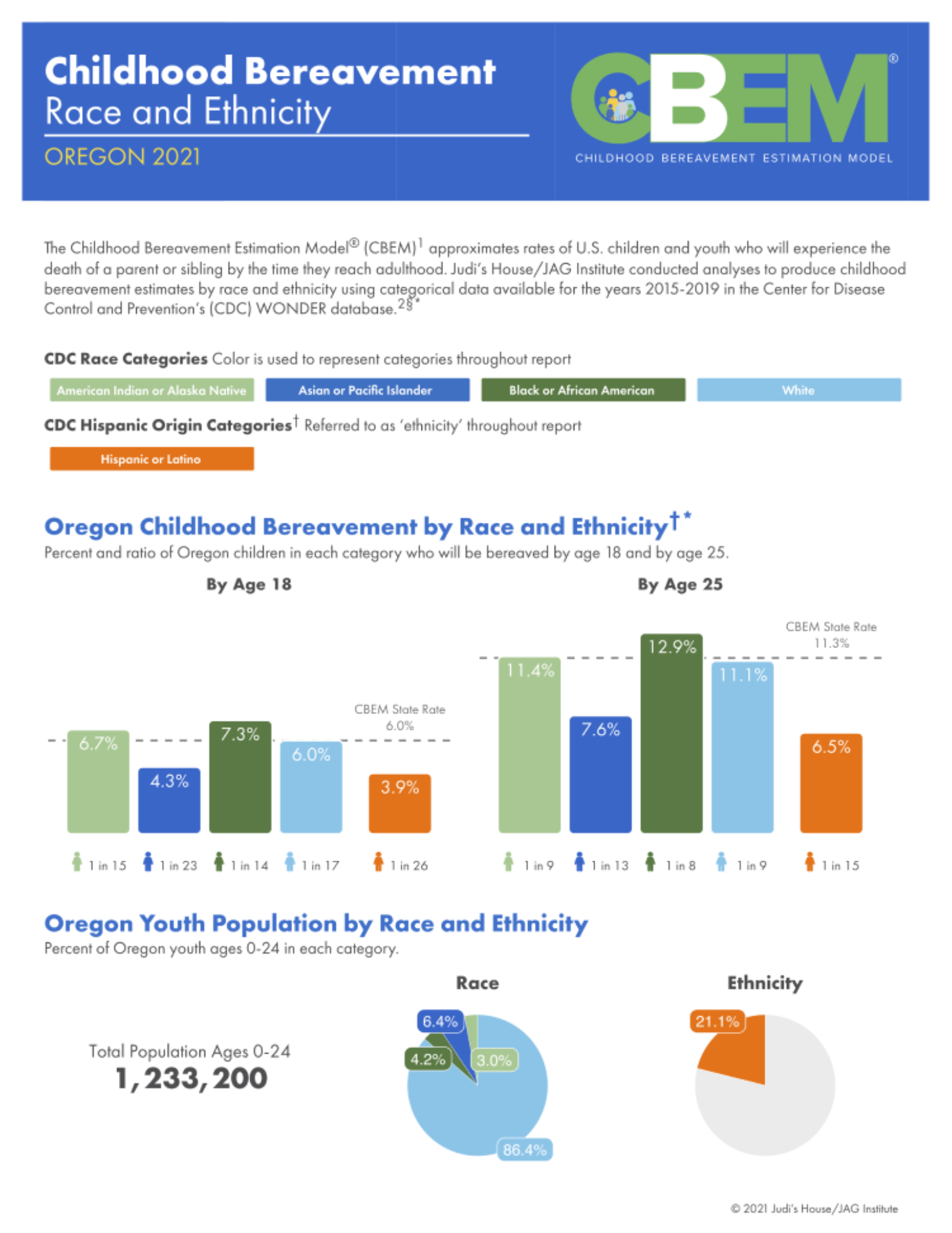
Childhood Bereavement Estimation Model Reports
Judi’s House/JAG Institute, a nonprofit in Colorado, provides support regarding childhood bereavement. In 2018, they created the Childhood Bereavement Estimation Model® (CBEM) to estimate rates of children losing a parent or sibling before adulthood. Annual CBEM reports were produced, but racial and ethnic data breakdowns were lacking until 2021. Partnering with R for the Rest of Us, they generated high-quality, easy-to-understand reports on bereavement disparities by race and ethnicity. These national and state-level reports, created using parameterized reporting and RMarkdown, help advance their vision that no child should be alone in grief.
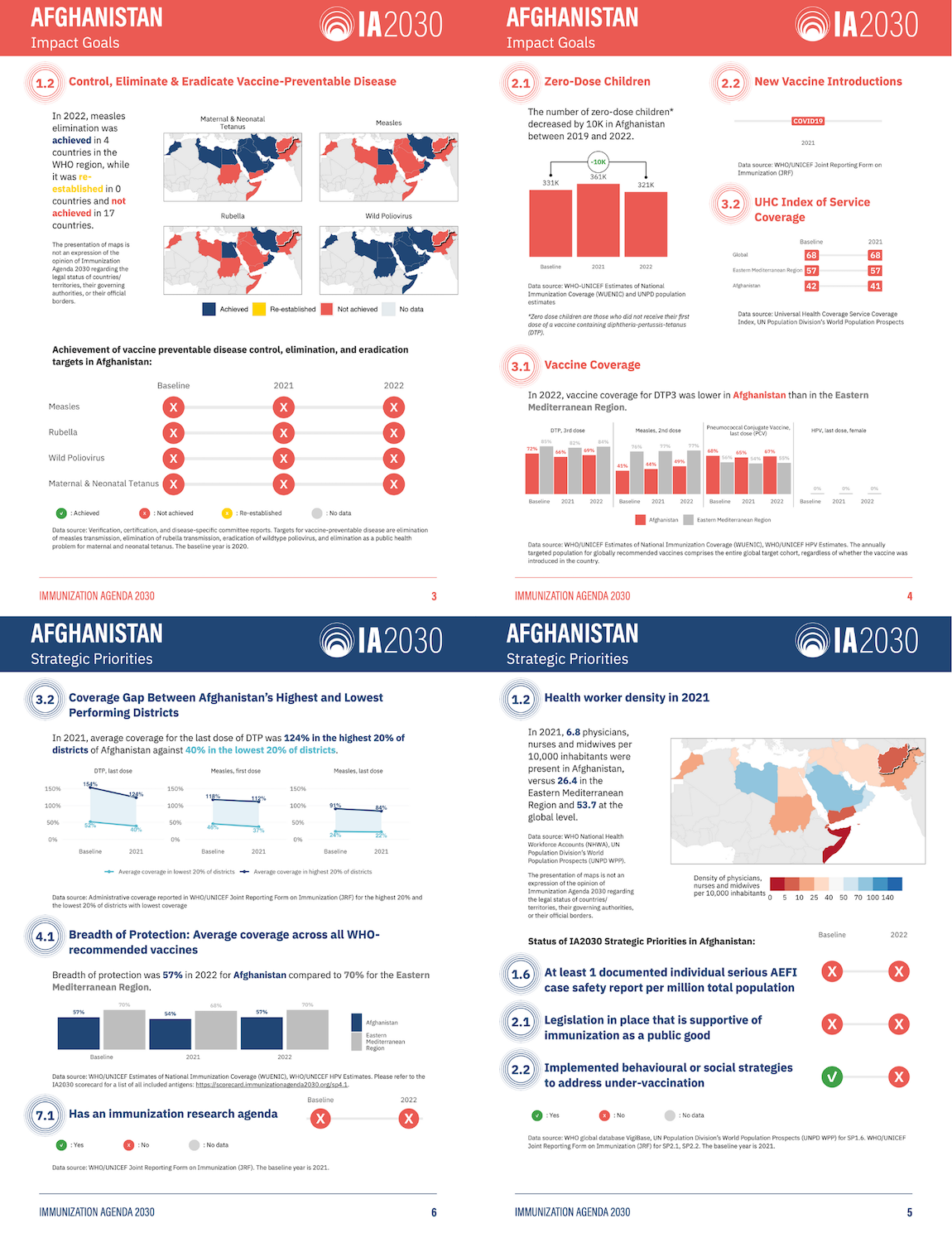
Immunization Agenda 2030 Reports
The World Health Organization's Immunization Agenda 2030 (IA2030) aims to improve global vaccine access. To better report progress, the International Vaccine Access Center at Johns Hopkins University partnered with R for the Rest of Us in 2023. They produced 72 user-friendly country-level reports in English and French, using parameterized reporting. These reports highlight individual country progress, use less technical language than previous online scorecards, and are in a printable PDF format for review.
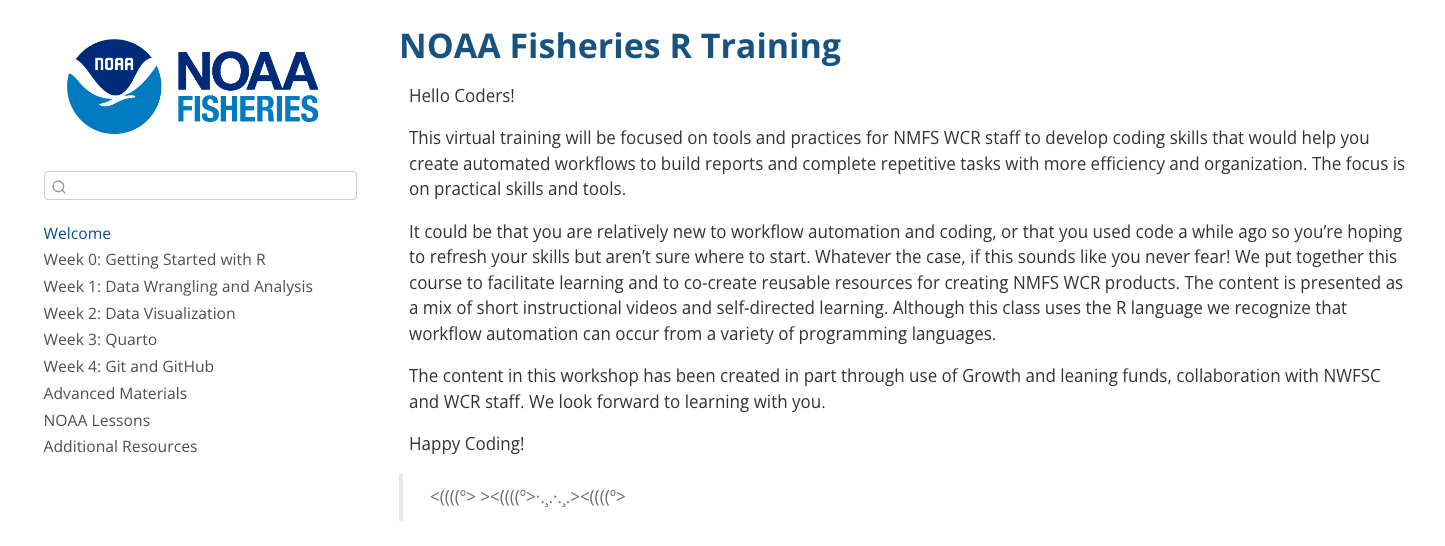
Improving R Training for NOAA Fisheries West Coast Region
Blog
Learn to use the most powerful tool for working with data.
Even if you've never coded before.

How to make heatmaps in ggplot
May 1, 2025
Heatmaps are a common way of representing data. In this blog post, I'll show you how to make your own heatmaps using ggplot. In the process, you'll learn a bit about working with the {sf} package, specifically the st_make_grid() function to make a grid, the st_intersection() function to clip the boundaries of your geography to the grid you create, and st_join() to do spatial joins. This blog post is adapted from a lesson in the Mapping with R course . If you want to learn to make heatmaps...

Use shadows in ggplot to highlight findings
April 24, 2025
In our consulting work, we make a lot of the data visualization for parameterized reporting . It’s something I spoke about in my 2024 Cascadia R Conf talk, How to Make a Thousand Plots Look Good: Data Viz Tips for Parameterized Reporting . One example I gave in this talk came from our work with the Johns Hopkins International Vaccine Access Center and the World Health Organization . In this project, we made reports for the Immunization Agenda 2030 project, which tracks the progress countries...

Create your own custom {ggplot2} theme
April 3, 2025
Creating custom themes in {ggplot2} lets you elevate your data visualizations from standard to standout. Whether you’re aiming for a polished, brand-consistent look for your organization or a unique aesthetic that reflects your personal style, a custom theme function makes it easy to apply your design to all figures with a single line of code. In this tutorial, we’ll cover: the essentials of the powerful ggplot2::theme() function, including how to adjust fonts, colors, sizing, and spacing;...
